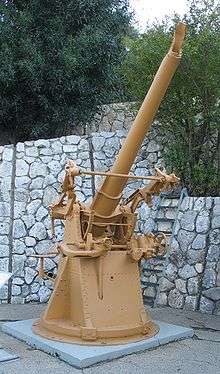Squib load

A squib load, also known as a squib round, pop and no kick, or just a squib, is a firearms malfunction in which a fired projectile does not have enough force behind it to exit the barrel, and thus becomes stuck. This type of malfunction can be extremely dangerous, as failing to notice that the projectile has become stuck in the barrel may result in another round being fired directly into the obstructed barrel, resulting in a catastrophic failure of the weapon's structural integrity.
Causes
Squib rounds are possible in all black powder and smokeless powder based projectile weapons. They are most often caused by negligence in the powder loading process (insufficient or no powder load), or a failure of the primer to ignite the powder at all. In the case of no gunpowder in the cartridge, the primer, when struck, produces just enough force to push the bullet into the barrel but no further. Subsequent rounds will pile up in a very strong weapon or destroy a weaker one. While this occurs most often because of handloading by inexperienced reloaders, squib loads are known to occur even in reputable factory brands. Other causes include deformed bullets and attempting to fire a bullet which is slightly too large for the barrel, although both of these scenarios would more likely result in some variety of catastrophic failure instead of a squib. A weapon that has been subjected to the abuse of a stuck bullet then had another one fired, will display a slight bulge in the barrel at the site of the original stuck bullet (provided the weapon survives). This bulge sometime presents itself as a ring around the barrel or can be detected by sliding one's fingers along the barrel to check for this occurrence should no ring be seen.
Diagnosis
Signs of a squib include:
- Much quieter and unusual discharge noise. Smaller or empty powder loads, combined with the primer discharge echoing in the casing or barrel, produce an unusual noise. This noise is often called a "ping" or "pop", rather than the expected "bang" of a standard shot.
- Lighter or nonexistent felt recoil force. lower force on the projectile, insufficient to clear the barrel, translates to a lower recoil force, which may be completely absorbed by the firearm's recoil mechanisms.
- Discharge from the ejection port or cylinder gap, instead of the barrel. The primer and any burned powder produce smoke, less than a standard load, which cannot be vented through the barrel as normal.
- Failure of the action to cycle (in semi-automatic firearms). Both blowback and blowforward semi-automatic designs rely on the recoil force to eject the spent casing and cycle the next round. lighter recoil force may not be sufficient to cycle the action.
Squib loads are also referred to as "pop and no kick", in recognition of the above symptoms.
See also
References
- Gun Tests Magazine, "Reloading Safety, Equipment and Procedures: Part 1", Belvoir Publications, Inc, 1997. Accessed May 10, 2007.
- Everything2.com., Performing combat S.P.O.R.T.S., Accessed June 3, 2007.
- Sporting Arms and Ammunition Manufacturers' Institute (SAAMI), "Glossary of Industry Terms, L", Accessed May 10, 2007.
